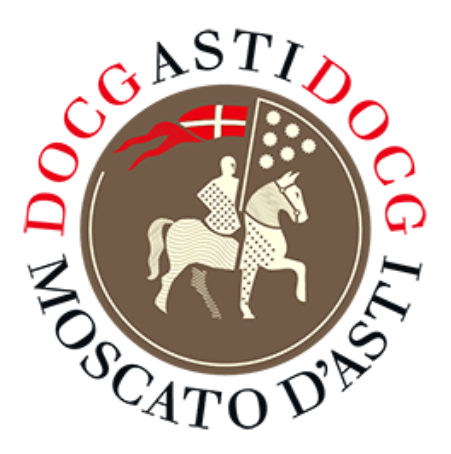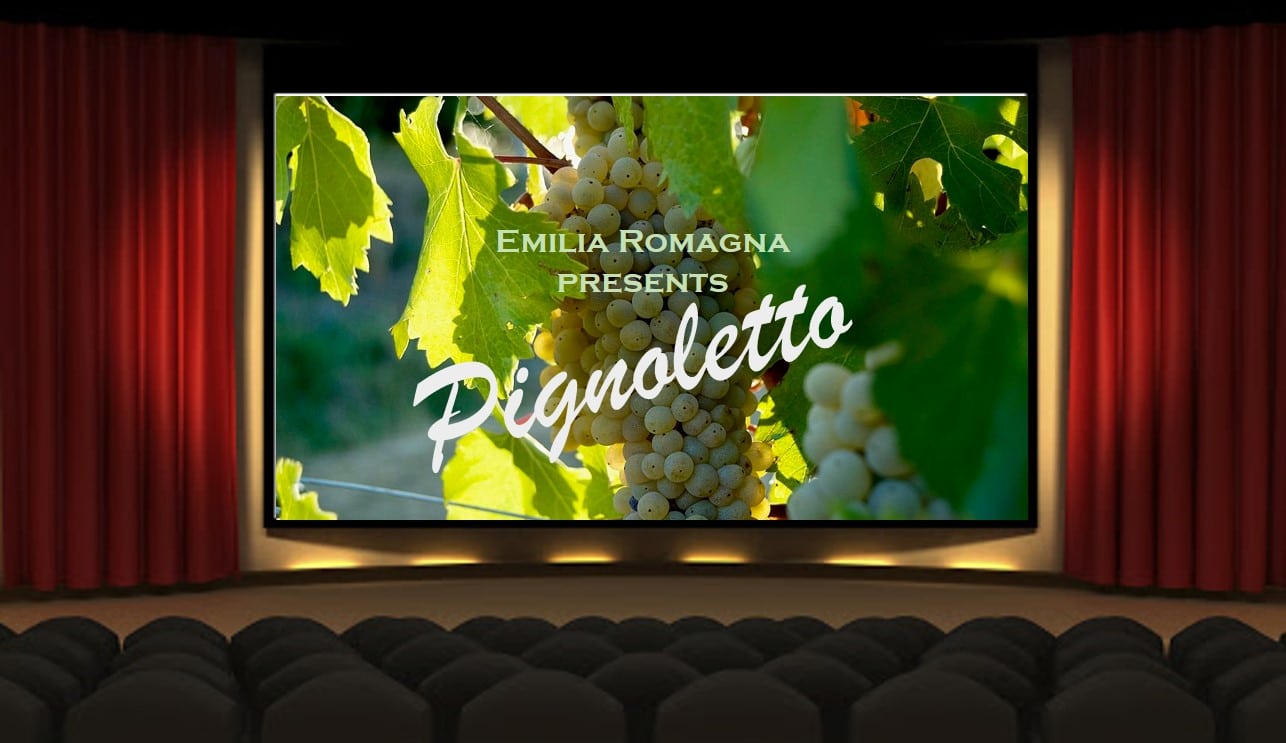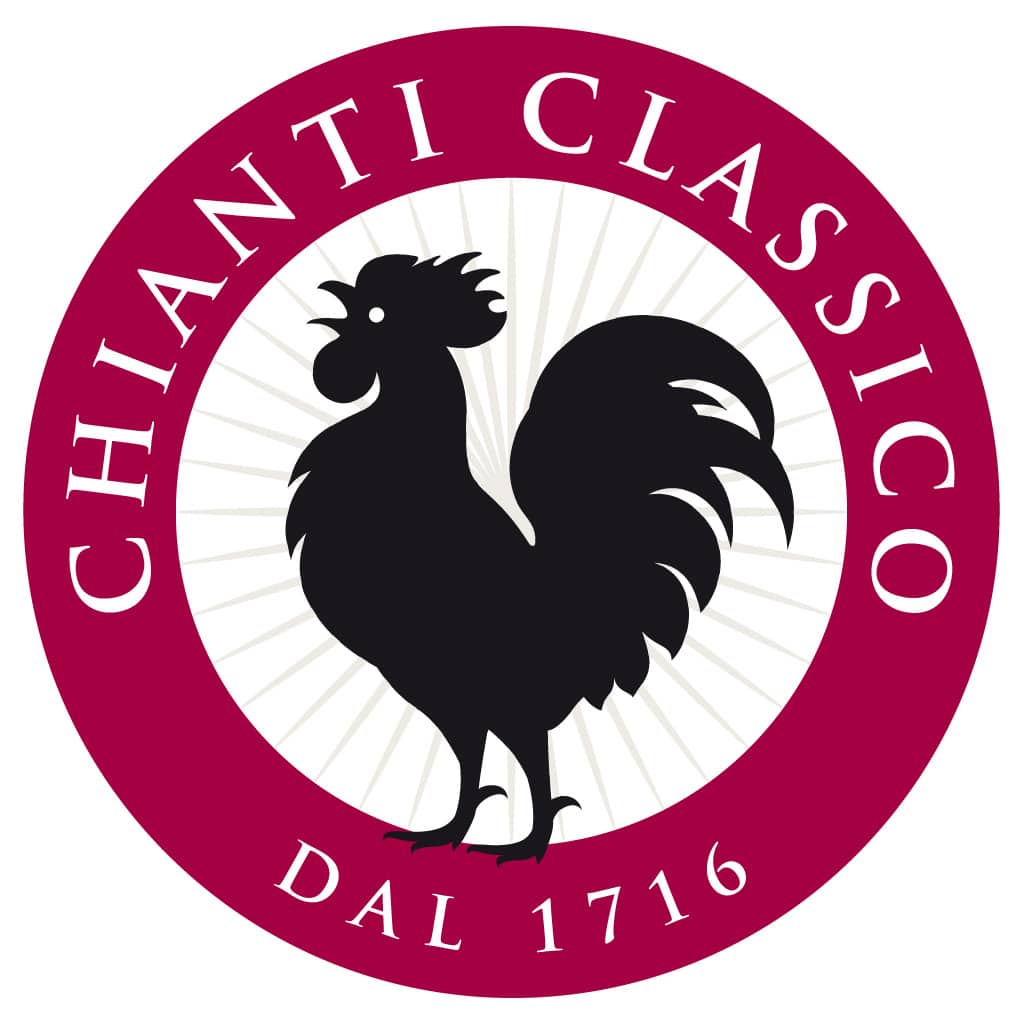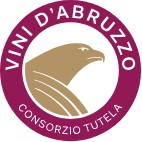Proposed or Contemplated Changes to Italian Wine Denominations
Updated March 18, 2024
The list of officially approved Italian wine-producing areas (denominations and geographic indications) and the rules of production for those areas are in a constant state of flux. Not exactly like Class IV rapids, but not glacial either—more of a babbling brook of activity (although there was a flood a decade or so ago). Depending on the type of proposal, the approval process can take a very long time. This page lists some of the more significant proposals that are presently in an advanced stage of the process. These range from well-founded rumors to proposals just on the verge of official acceptance, but they are not the current state of affairs (and may never be). This page will be updated as new information becomes available.
New/Renamed/Upgraded Denominations (not yet official)
- Castelli di Jesi Verdicchio Riserva DOCG, having already changed its name from Verdicchio dei Castelli di Jesi Riserva in 2011, now plans to remove Verdicchio from the name entirely, becoming just Castelli di Jesi DOCG. It will remain a Verdicchio-based wine, but the intent is to put the focus on the place and not on the grape variety. The far smaller companion denomination Verdicchio di Matelica DOC has also expressed an intent to do the same, becoming just Matelica DOC.
- Possible DOCG #78 or so: The Casauria subzone of Montepulciano d’Abruzzo DOC is bidding to move out on its own and become Abruzzo’s third DOCG, joining Colline Teramane Montepulciano d’Abruzzo and Tullum. With 35 hectares of vineyards declared as of 2021 and production of around 20,000 cases, it falls between the other two DOCGs in size, but will undoubtedly struggle for market share initially. Unlike Tullum, Casauria would be devoted entirely to Montepulciano-based wines. The optimistic among the area’s producers hope for approval in time for the 2023 harvest.
- But wait, here’s a dark horse coming up on the rail in the DOCG Derby: Cirò Classico. The plan here is to promote a longer-aged version of the Gaglioppo-based red wines of Cirò DOC’s central Classico subzone to DOCG status—Calabria’s first. This proposal has been in Rome for almost three years, but it now has national approval and awaits EU action to make it official.
- Colli di Rimini DOC is asking approval for rebranding as Rimini DOC.
- A consorzio of a dozen or so growers in Belluno province north of Valdobbiadene in Veneto have been working for several years to get approval for a new denomination called Coste del Feltrino.
Revisions of Denomination Rules (not yet official)
- The consorzio in charge of Asti DOCG has taken
 the next logical step in their efforts to follow trends as a means of increasing market share for Asti Spumante: pink. With the strong expansion of rosé wines of all sorts over the past few years, both Pinot Grigio delle Venezie DOC and Prosecco DOC have begun making rosato versions. Asti now proposes to go pink—for sparkling wine only, not for Moscato d’Asti—by allowing producers to blend red Brachetto grapes (another aromatic variety native to the area) with Moscato Bianco. They hope to get approval in the blazingly fast time of less than a year and to have rosé Asti on the market by this Christmas.
the next logical step in their efforts to follow trends as a means of increasing market share for Asti Spumante: pink. With the strong expansion of rosé wines of all sorts over the past few years, both Pinot Grigio delle Venezie DOC and Prosecco DOC have begun making rosato versions. Asti now proposes to go pink—for sparkling wine only, not for Moscato d’Asti—by allowing producers to blend red Brachetto grapes (another aromatic variety native to the area) with Moscato Bianco. They hope to get approval in the blazingly fast time of less than a year and to have rosé Asti on the market by this Christmas.
- The Vino Nobile di Montepulciano DOCG consorzio is proposing
 to add a new “Pieve” quality designation above Riserva level as their flagship category. The denomination has been divided into 12 districts called pievi. Wines carrying a pieve name on the label would have to have a minimum of 85% Sangiovese, with only traditional grape varieties blended in, grown in estate-controlled vineyards within the pieve.
to add a new “Pieve” quality designation above Riserva level as their flagship category. The denomination has been divided into 12 districts called pievi. Wines carrying a pieve name on the label would have to have a minimum of 85% Sangiovese, with only traditional grape varieties blended in, grown in estate-controlled vineyards within the pieve.
- The regional authorities in Tuscany have given a generally favorable opinion to a proposal by the Chianti DOCG consorzio that would reduce the minimum percentage of Sangiovese in the blend from 70% to 60%. In addition,
 a new, eighth subzone—Terre di Vinci, around Leonardo’s hometown of Vinci—would be created. The consorzio also wants to establish a Gran Selezione quality level like Chianti Classico has; Chianti Classico has objected to that, saying that it owns “Gran Selezione” as a trademark, but it appears that claim may not fly. Chianti’s disciplinare revisions have now gone to Rome for national-level approval.
a new, eighth subzone—Terre di Vinci, around Leonardo’s hometown of Vinci—would be created. The consorzio also wants to establish a Gran Selezione quality level like Chianti Classico has; Chianti Classico has objected to that, saying that it owns “Gran Selezione” as a trademark, but it appears that claim may not fly. Chianti’s disciplinare revisions have now gone to Rome for national-level approval.
- Both Fiano di Avellino DOCG and Monti Lessini DOC have proposed to add sparkling wines to their repertoire. The Spumante versions of Monti Lessini would be made with at least 85% of the area’s Durella variety, and those of Fiano di Avellino would of course be Fiano based. These changes require approval at the EU level, which will slow down the process, but there is no reason they shouldn’t be approved eventually.
- Romagna DOC, a large-production area in southeastern Emilia-Romagna, has proposed a blizzard of changes to its disciplinare, effectively creating a constellation of de facto denominations as subzones of the umbrella DOC, but with varying individual rules. The primary Romagna DOC will also for the first time allow non-varietal wines, adding a Bianco style based on Trebbiano Romagnolo as well as Rosato and Rosso categories based on Sangiovese. The changes are so voluminous and confusing that this will probably take a long time to gain approval.
Recently Approved Rule Changes (these are official)
 Pignoletto DOC, which in 2014 was spun off from Colli Bolognesi DOC for wines based on Grechetto—locally known as Pignoletto—has been renamed Emilia-Romagna DOC to quell objections from the EU to the use of Pignoletto as a denomination name (thereby preventing its use as a grape variety name). Apparently no one in the Emilia-Romagna region is overly concerned about the medium-size denomination appropriating the entire region’s name for its single-variety wines.
Pignoletto DOC, which in 2014 was spun off from Colli Bolognesi DOC for wines based on Grechetto—locally known as Pignoletto—has been renamed Emilia-Romagna DOC to quell objections from the EU to the use of Pignoletto as a denomination name (thereby preventing its use as a grape variety name). Apparently no one in the Emilia-Romagna region is overly concerned about the medium-size denomination appropriating the entire region’s name for its single-variety wines.- The Chianti Classico DOCG consorzio has revised the Gran Selezione quality designation to
 better distinguish those wines from the Riserva level and capture more attention from sommeliers and consumers. Eight mostly commune-based unitá geografiche aggiuntive (UGAs) are now permitted for use on GS labels if at least 85% of the wine comes from that part of the Chianti Classico denomination; a further three will be added as of 2027. More interestingly, beginning with the 2027 vintage, GS wines will require a minimum Sangiovese content of 90% (as opposed to the current 80%) and will forbid the inclusion of international grape varieties in the blend. Read more
better distinguish those wines from the Riserva level and capture more attention from sommeliers and consumers. Eight mostly commune-based unitá geografiche aggiuntive (UGAs) are now permitted for use on GS labels if at least 85% of the wine comes from that part of the Chianti Classico denomination; a further three will be added as of 2027. More interestingly, beginning with the 2027 vintage, GS wines will require a minimum Sangiovese content of 90% (as opposed to the current 80%) and will forbid the inclusion of international grape varieties in the blend. Read more
- The Canelli subzone of Asti DOCG has
 been approved as an independent denomination, Canelli DOCG, becoming Italy’s 77th and Piedmont’s 19th DOCG, much as Nizza DOCG began its solo career apart from Barbera d’Asti DOCG in 2014. Canelli produces only frizzante Moscato d’Asti–style wine, using 100% Moscato Bianco grapes.
been approved as an independent denomination, Canelli DOCG, becoming Italy’s 77th and Piedmont’s 19th DOCG, much as Nizza DOCG began its solo career apart from Barbera d’Asti DOCG in 2014. Canelli produces only frizzante Moscato d’Asti–style wine, using 100% Moscato Bianco grapes.
- The four region-level denominations in Abruzzo—Abruzzo DOC, Cerasuolo d’Abruzzo DOC, Montepulciano d’Abruzzo DOC, and Trebbiano d’Abruzzo DOC—have each added four subzones,
 basically breaking out Abruzzo’s four provinces. The subzone designations will be available only for wines at the Superiore and Riserva levels. Numerous other changes were introduced at the same time, generally intended to nudge quality levels higher. Read more
basically breaking out Abruzzo’s four provinces. The subzone designations will be available only for wines at the Superiore and Riserva levels. Numerous other changes were introduced at the same time, generally intended to nudge quality levels higher. Read more
- The denomination formerly known as Bianco di Custoza DOC has joined the movement to rebrand with a focus on the place-name rather than the wine per se and is now simply Custoza DOC. That name had been an alternative on labels for some time, but “Bianco di” has now been discarded completely. In theory, this also opens the door to the inclusion of other local wines that are not bianco—i.e., reds or rosatos—although there haven’t been any overt moves in that direction so far.


 the next logical step in their efforts to follow trends as a means of increasing market share for Asti Spumante: pink. With the strong expansion of rosé wines of all sorts over the past few years, both Pinot Grigio delle Venezie DOC and Prosecco DOC have begun making rosato versions. Asti now proposes to go pink—for sparkling wine only, not for Moscato d’Asti—by allowing producers to blend red Brachetto grapes (another aromatic variety native to the area) with Moscato Bianco. They hope to get approval in the blazingly fast time of less than a year and to have rosé Asti on the market by this Christmas.
the next logical step in their efforts to follow trends as a means of increasing market share for Asti Spumante: pink. With the strong expansion of rosé wines of all sorts over the past few years, both Pinot Grigio delle Venezie DOC and Prosecco DOC have begun making rosato versions. Asti now proposes to go pink—for sparkling wine only, not for Moscato d’Asti—by allowing producers to blend red Brachetto grapes (another aromatic variety native to the area) with Moscato Bianco. They hope to get approval in the blazingly fast time of less than a year and to have rosé Asti on the market by this Christmas. Pignoletto DOC, which in 2014 was spun off from Colli Bolognesi DOC for wines based on Grechetto—locally known as Pignoletto—has been renamed Emilia-Romagna DOC to quell objections from the EU to the use of Pignoletto as a denomination name (thereby preventing its use as a grape variety name). Apparently no one in the Emilia-Romagna region is overly concerned about the medium-size denomination appropriating the entire region’s name for its single-variety wines.
Pignoletto DOC, which in 2014 was spun off from Colli Bolognesi DOC for wines based on Grechetto—locally known as Pignoletto—has been renamed Emilia-Romagna DOC to quell objections from the EU to the use of Pignoletto as a denomination name (thereby preventing its use as a grape variety name). Apparently no one in the Emilia-Romagna region is overly concerned about the medium-size denomination appropriating the entire region’s name for its single-variety wines. better distinguish those wines from the Riserva level and capture more attention from sommeliers and consumers. Eight mostly commune-based unitá geografiche aggiuntive (UGAs) are now permitted for use on GS labels if at least 85% of the wine comes from that part of the Chianti Classico denomination; a further three will be added as of 2027. More interestingly, beginning with the 2027 vintage, GS wines will require a minimum Sangiovese content of 90% (as opposed to the current 80%) and will forbid the inclusion of international grape varieties in the blend. Read more
better distinguish those wines from the Riserva level and capture more attention from sommeliers and consumers. Eight mostly commune-based unitá geografiche aggiuntive (UGAs) are now permitted for use on GS labels if at least 85% of the wine comes from that part of the Chianti Classico denomination; a further three will be added as of 2027. More interestingly, beginning with the 2027 vintage, GS wines will require a minimum Sangiovese content of 90% (as opposed to the current 80%) and will forbid the inclusion of international grape varieties in the blend. Read more been approved as an independent denomination, Canelli DOCG, becoming Italy’s 77th and Piedmont’s 19th DOCG, much as Nizza DOCG began its solo career apart from Barbera d’Asti DOCG in 2014. Canelli produces only frizzante Moscato d’Asti–style wine, using 100% Moscato Bianco grapes.
been approved as an independent denomination, Canelli DOCG, becoming Italy’s 77th and Piedmont’s 19th DOCG, much as Nizza DOCG began its solo career apart from Barbera d’Asti DOCG in 2014. Canelli produces only frizzante Moscato d’Asti–style wine, using 100% Moscato Bianco grapes. basically breaking out Abruzzo’s four provinces. The subzone designations will be available only for wines at the Superiore and Riserva levels. Numerous other changes were introduced at the same time, generally intended to nudge quality levels higher. Read more
basically breaking out Abruzzo’s four provinces. The subzone designations will be available only for wines at the Superiore and Riserva levels. Numerous other changes were introduced at the same time, generally intended to nudge quality levels higher. Read more
Great piece! Too bad about Pignoletto it’s a much better name than Emilia Romagna not that memorable.Thanks for the updates
Thank you for this up-date. No doubt you have covered the Prosecco Rose DOC denomination in a previous posting.
You’re welcome, Yegas. Yes, the introduction of a pink version of Prosecco became official in 2020, so is not mentioned here. The relevant post is available here.